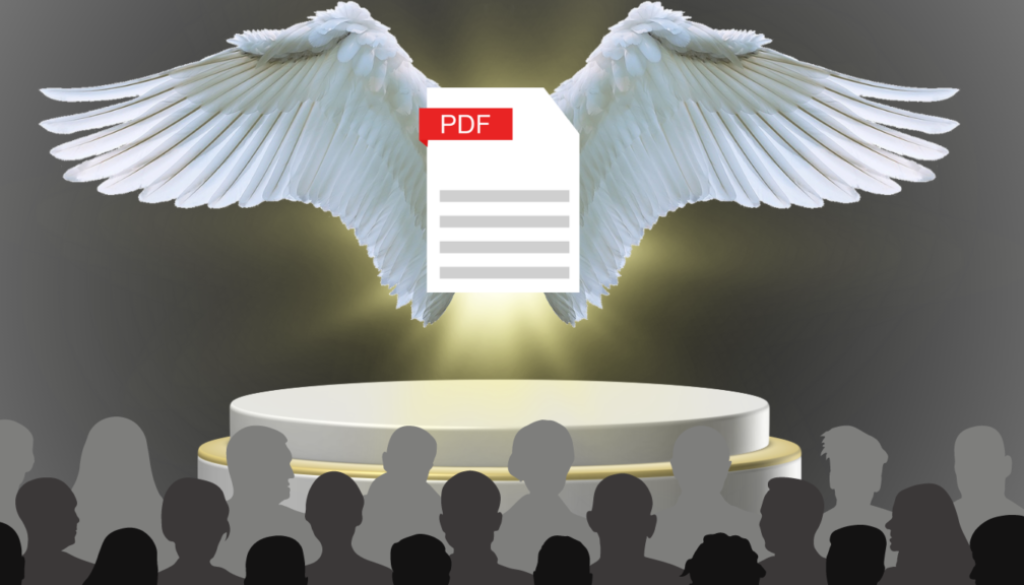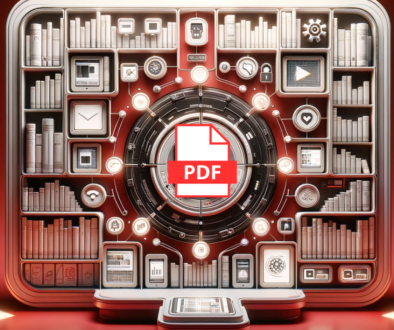The Origin of the PDF: A Journey Through the Evolution of Digital Documents
The Portable Document Format (PDF) has become one of the most widely used file formats for sharing and distributing documents across various platforms. The story of the PDF’s origin is a tale of innovation and evolution, rooted in the early days of computing and the quest for a universal digital document format. In this article, we will delve into the history of the PDF, tracing its development from inception to its current status as a global standard.
The Genesis of Digital Documents
The story of the PDF begins with the vision of John Warnock, the co-founder of Adobe Systems, who sought to create a digital document format that could be easily shared and viewed across different devices, operating systems, and applications. This idea was born out of the frustration that arose from the inconsistencies in document rendering, as each application and printer had its unique way of interpreting digital documents, leading to format inconsistencies and printing issues.
In 1984, Warnock introduced a concept called “Camelot,” which aimed to create a universal file format that would maintain a document’s original formatting, layout, and design, regardless of the platform or device on which it was viewed or printed. This idea laid the foundation for the development of the PDF.
The Birth of the PDF
Building on the Camelot project, Warnock and his team at Adobe Systems began working on a new file format that would incorporate the key features of Camelot and offer a consistent user experience across various platforms. This format, initially called “IPS” (Interchange PostScript), eventually evolved into the Portable Document Format (PDF) that we know today.
In 1993, Adobe released the first version of PDF (PDF 1.0) and Acrobat 1.0, a suite of tools for creating, editing, and viewing PDF files. That makes it 30 years old this year! This initial release provided basic features, such as text and image rendering, hyperlinking, and simple security features like password protection.
The Road to Standardization
As the PDF format gained popularity, Adobe continued to develop and improve its features and functionality. The company released several updates to the PDF specifications, incorporating new capabilities such as multimedia support, improved compression, and advanced security features.
In 2008, Adobe took a significant step by submitting the PDF specifications to the International Organization for Standardization (ISO), seeking to establish it as a global standard. The ISO approved the submission, and the PDF became an open standard known as ISO 32000-1:2008. This move opened the door for other companies to develop PDF-compatible software, further fueling the format’s widespread adoption.
The Evolution of the PDF
Over the years, the PDF has undergone numerous revisions and updates, expanding its capabilities and addressing the needs of a diverse range of users. Some notable milestones in the PDF’s evolution include:
- The introduction of PDF/A, a standardized version of the PDF designed for long-term archiving and preservation of digital documents.
- The development of PDF/X, a specialized format aimed at streamlining the prepress and printing processes in the graphics industry.
- The release of PDF/UA, a version of the PDF that focuses on accessibility, ensuring that digital documents are compatible with assistive technologies for users with disabilities.
The history of the PDF is a testament to the power of innovation and the pursuit of a universal solution to the challenges posed by digital document sharing and rendering. From its inception as John Warnock’s “Camelot” concept to its current status as a global standard, the PDF has undergone a remarkable journey of growth and evolution.
PDFs Now and in the Future
Today, the PDF is an indispensable tool for businesses, professionals, and individuals, offering a reliable, consistent, and versatile format for sharing and preserving digital documents. To this day, Adobe is releasing and updating its software to improve editing and creating these documents.
As you can tell, it’s basically all we at Resource Center want to talk about. We believe it is now our opportunity to take this standardized document and create more ways to organize, search, and present their information.




